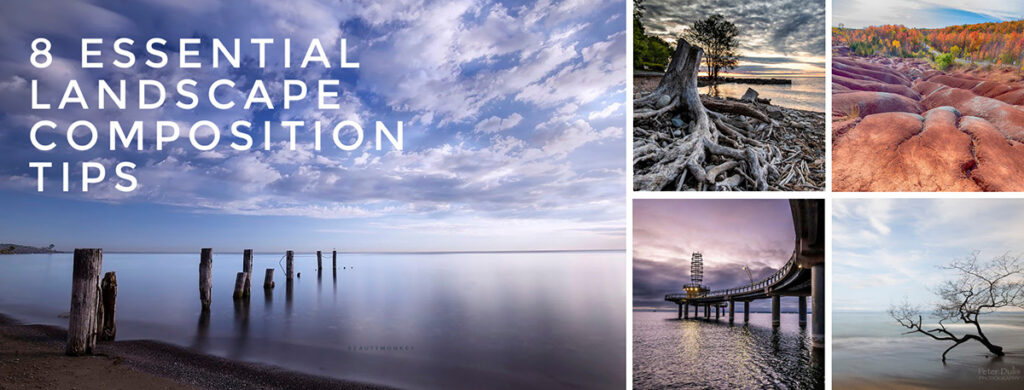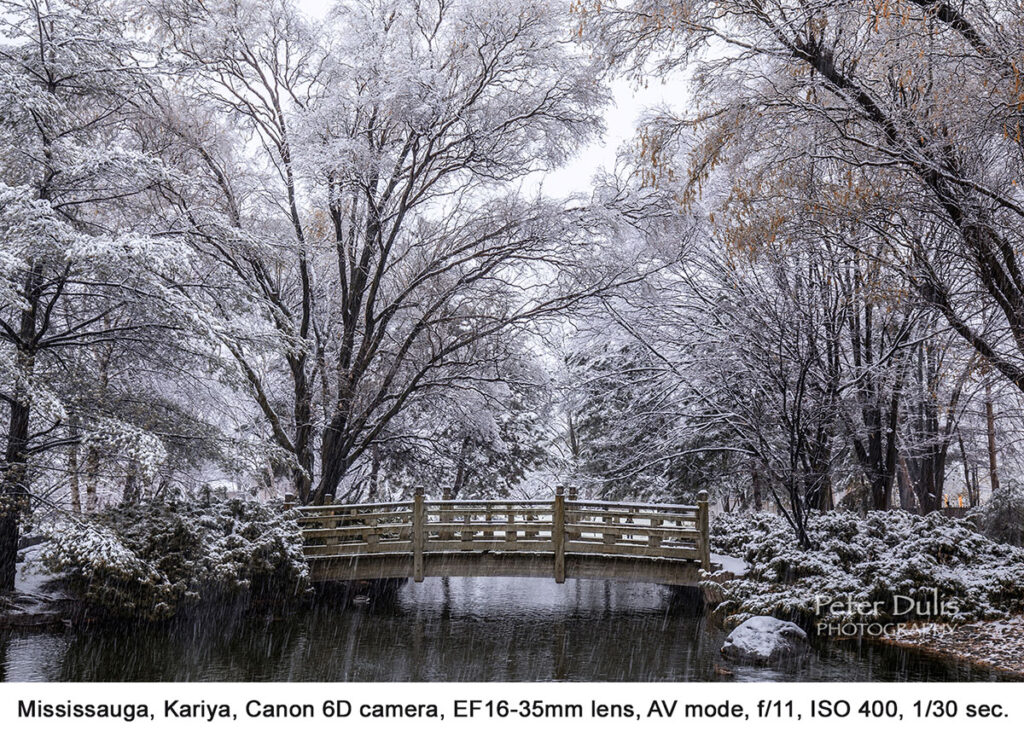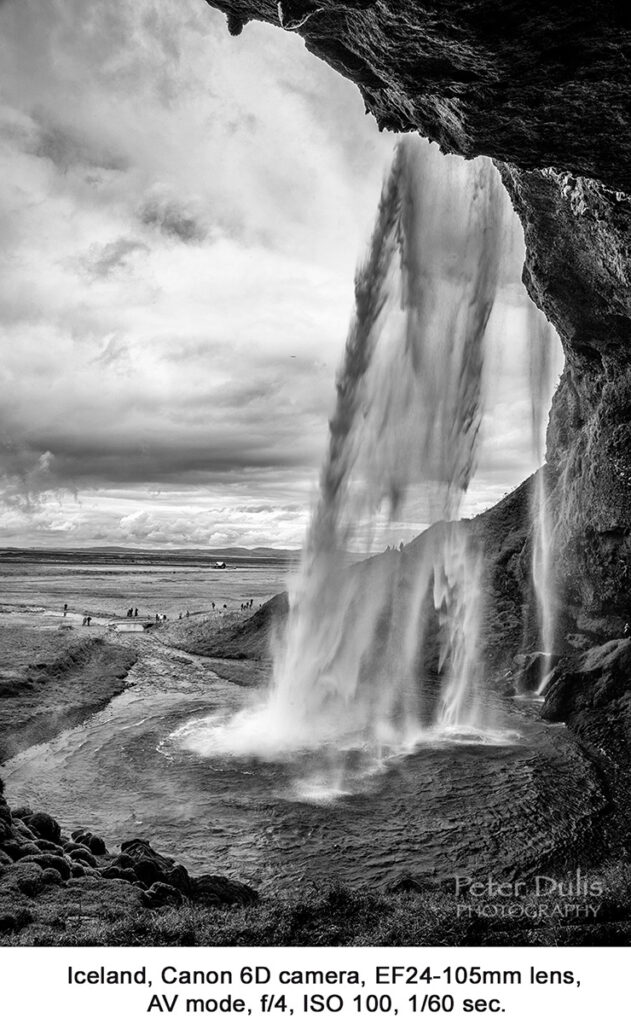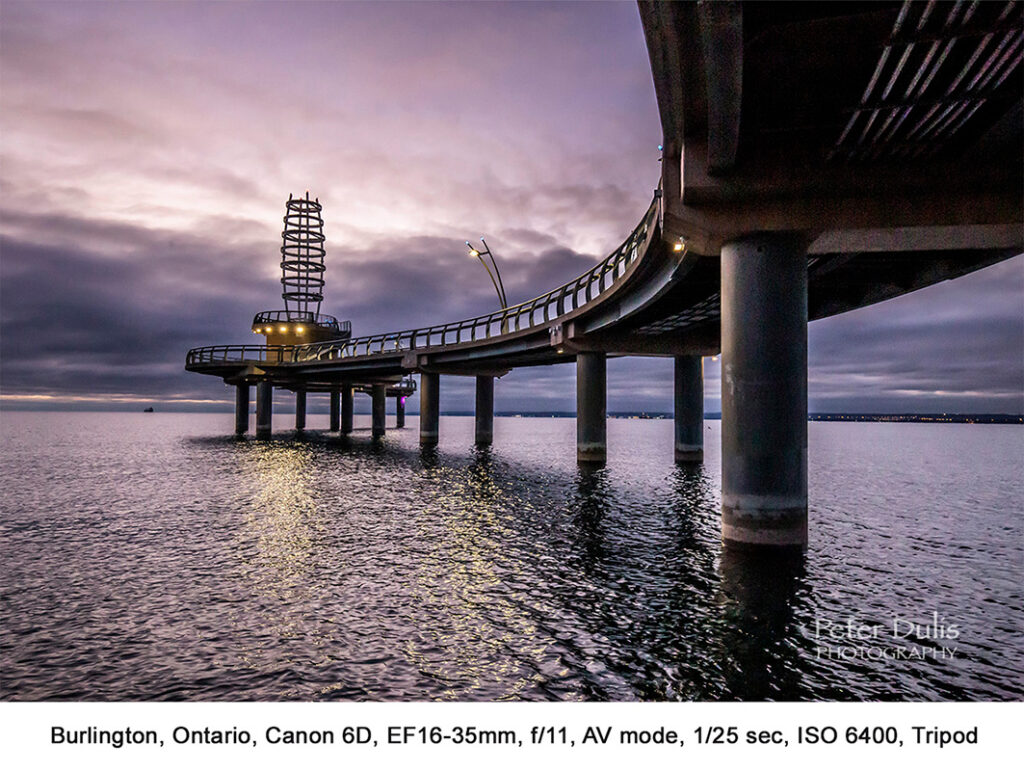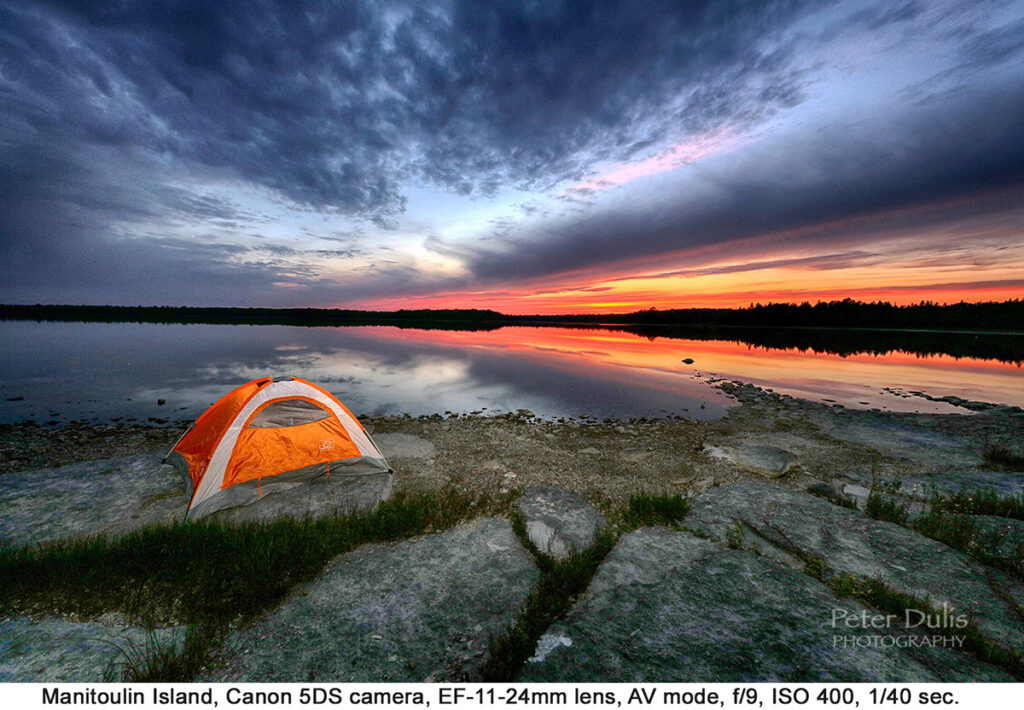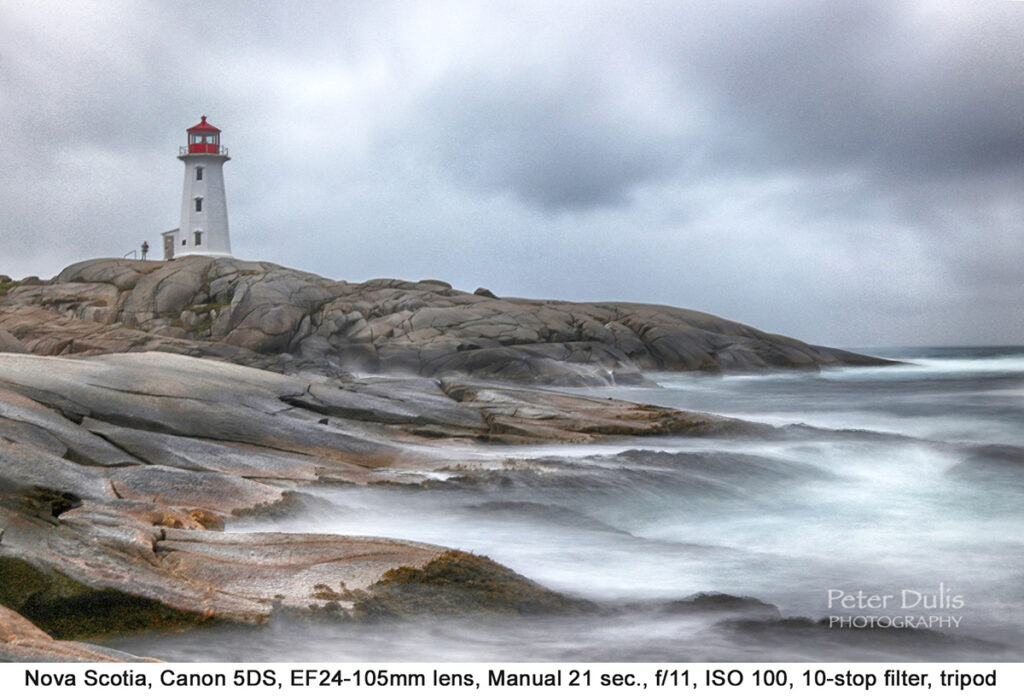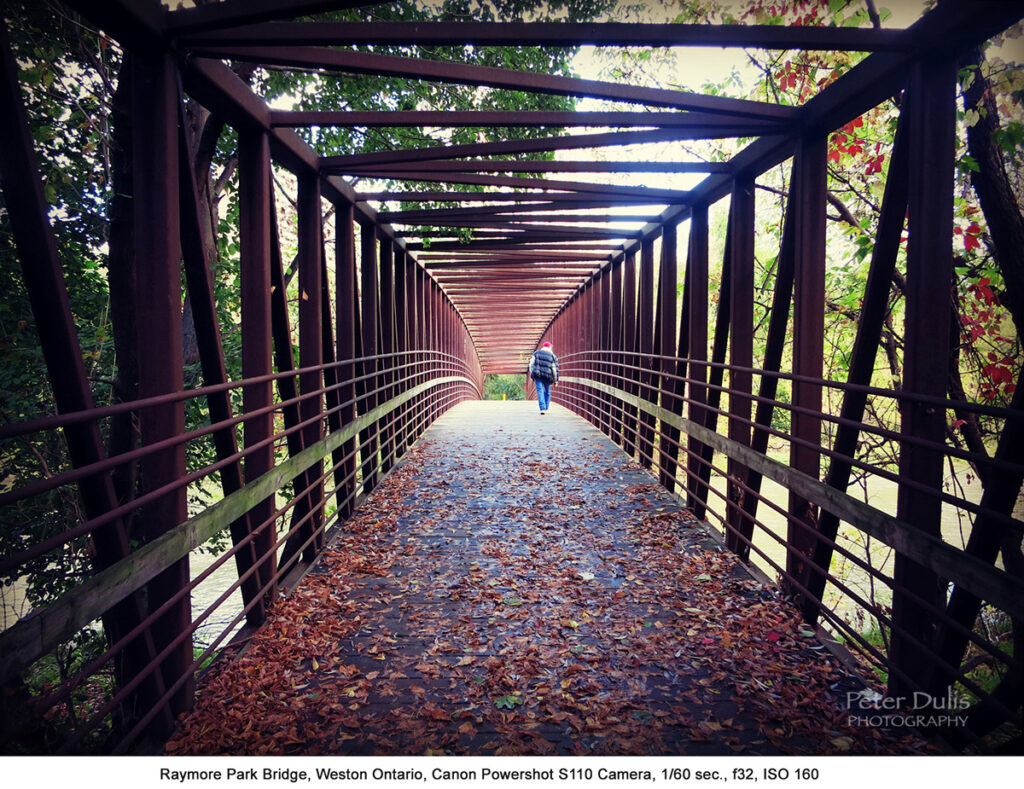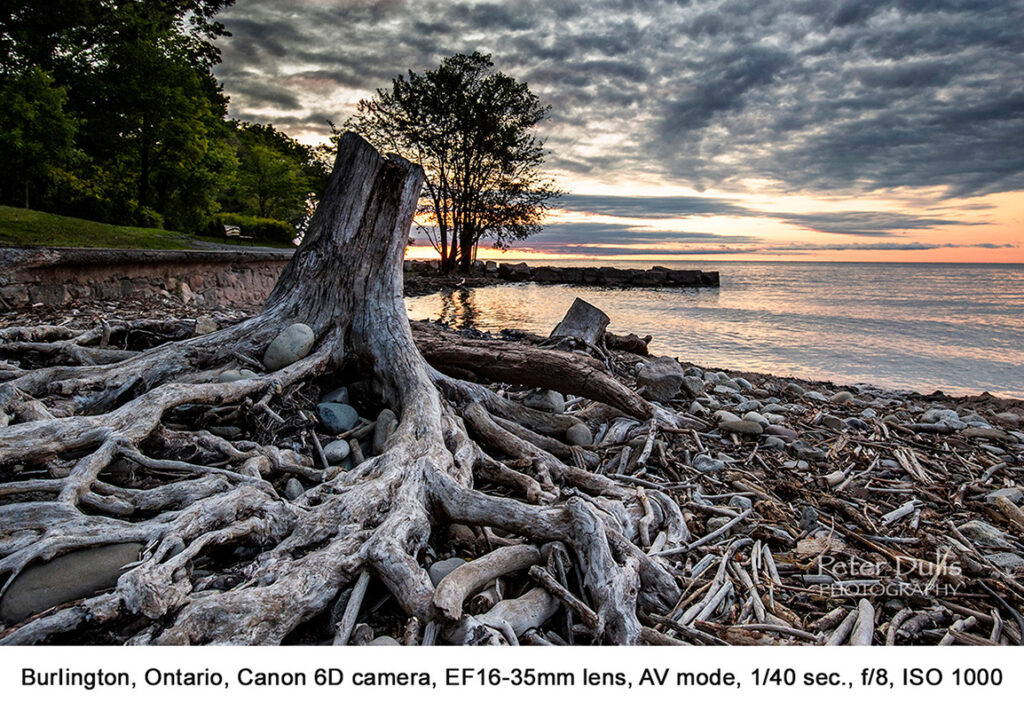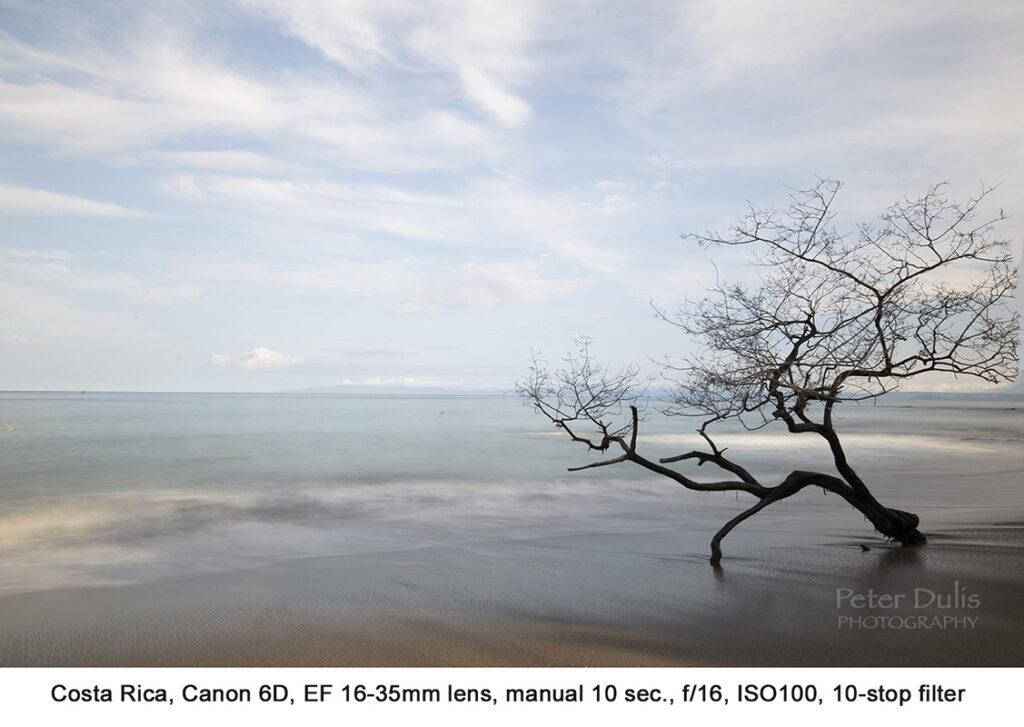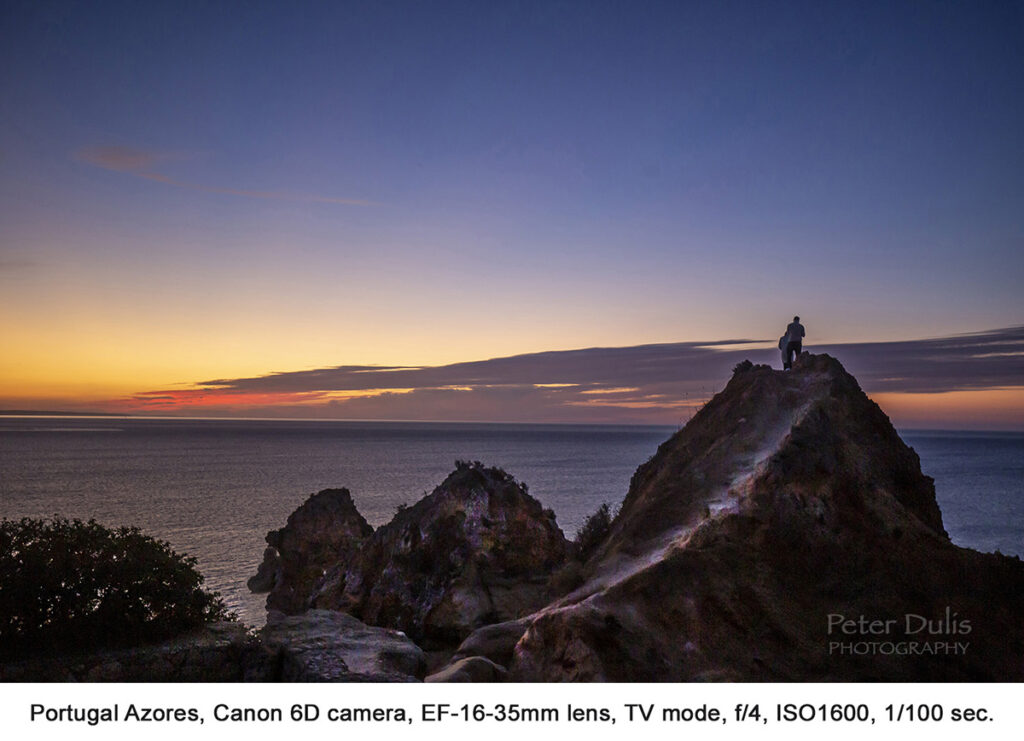There’s a magical moment in landscape photography when you find the right location bathed in the perfect light, and with your camera in hand you’ve captured a moment in time that will be treasured forever. These are the moments we all want to repeat but it’s not always that easy. Yet the more we learn about what goes into creating these magical moments, the easier it will become for us to prepare and structure a photographic composition.
One of the hardest aspects of landscape photography is composition and knowing what it is that will make an image work. What is it that makes certain images pleasing to the eye? How do we distill a 3-dimensional landscape scene into a 2-dimensional image? Capturing a stunning landscape photo requires more than just taking a “happy snap” with your camera. You can have the latest and greatest camera gear, but if you don’t know how to approach the composition of your photo, it will lack the impact to draw the viewer’s eye. Landscape photography is very much about the “Art of Seeing”.
“Sometimes I get to places just when God’s ready to have somebody click the shutter.” – Ansel Adams
As much as pre-planning your photo shoot is important, always be ready for serendipity moments to happen. Proper planning for your photo locations allows you to quickly come up with contingency plans in case something goes awry once you arrive on site. Once on location, I will keep moving into different shooting positions and shoot from different angles. Shooting from a different angle or position can help you see new ways to compose a scene. Changing up the image capture by moving around, trying different lenses, observing on what’s going on around you, will bring you better images to choose from later on.
“You don’t take a photograph, you make it.” – Ansel Adams
Capturing the image by utilizing the compositional tips below, is a good start. Don’t just take “happy snaps”, but shoot with purpose and intention. (that takes a bit of research ahead of time) Fortunately, with practice, these composition techniques and photo tips will help you shoot better images in no time.
Compositional Tips:
LANDSCAPE SELECTION
“If you want to be a better photographer, stand in front of more interesting stuff.” – Jim Richardson
I’ve been fortunate enough to travel to many spectacular parts of the world, but it’s amazing how many equally amazing places can be found close to home. This is where a little research comes in. First and foremost, even before heading out to shoot, I research locations to explore, landscapes that will have an impact and that are of an interest to me. Finding a good background scenery in advance will save you a lot of time on location. Advanced planning, determining the sun’s position, when and where to shoot are all critical. I will use Google search, Google Earth and the Photographers Ephemeris as research tools. Do some online research and network with local photographers and photography communities to find the best views and determine how to access those areas. Most photographers know about the beautiful soft light of sunset and sunrise otherwise known as the “golden hour”, but keep in mind the “blue hour”, which occurs 60 minutes before and after the sunrise/sunset is just as beautiful. Look for a compelling sky that brings drama to your landscape photo.
FOREGROUND SELECTION
When I find an interesting landscape to photograph, I will always be looking for an interesting foreground that compliments the background scenery. Look for something interesting to place in your foreground. Also try shooting the foreground from different angles and utilizing your zooming in and out feature. Remember that you are a bit like an artist, constructing the image and finding your story in the process. A good foreground is like an anchor to your composition, allowing the viewer’s eye to have a starting place as they explore your landscape image with a sense of being there. There are many things that can be placed in the foreground, such as trees, grasses, flowers, rocks, flowing water and so on. It can be argued that choosing an interesting foreground is the most important part of a good landscape photo composition.
RULE OF THIRDS
The rule of thirds is a basic rule of composition, even though you may get great looking images by not obeying this rule. The Rule of Thirds is based on the fact that the human eye is naturally drawn to a point about two-thirds up a page. Crop your photo so that the main subjects are located around one of the intersection points rather than in the center of the image.
LEADING LINES
Use Leading Lines to draw your viewers eye into the frame. This technique is a straightforward way to lead the eye through the details of your photo. Draw attention to your subject by looking for lines that move towards them. These leading lines can come in the form of diagonal lines, linear lines or converging lines. Each have the potential to add interest to an image.
CREATE DEPTH
A sense of depth will make your photos look realistic and dynamic. Although photography is a two-dimensional art form, conveying depth can be done by utilizing perspective and finding the right angle. Its important to find your Hyperfocal point. This is a bit of a confusing topic, but basically, it’s getting the sharpest photo possible from front to back. Stick to apertures of ƒ/11 to ƒ/16 to get the ideal sharpness where you want it most in your frame. To sum it up, try focusing using the double-the-distance method for equal foreground and background sharpness.
LEVEL YOUR HORIZON
The human eye prefers to see straight, levelled lines, not tilted to one side or another. It’s worth taking the time to get your landscape leveled out before you start shooting. You can always straighten things out later on your computer, but you’ll lose some of the image due to cropping. Most digital cameras have a leveler build into them, but you can also buy a bubble-level that attaches to your camera’s flash hot shoe mount.
ELIMINATING DISTRACTIONS
I essentially try to remove all distractions from the image that doesn’t add to the composition and the story I am telling. The less busy a scene is, the more you can achieve a clean, minimalist look.
SHOOT WITH A PURPOSE
“When you arise in the morning, think of what a precious privilege it is to be alive—to breathe, to think, to enjoy, to love.” – Marcus Aurelius.
A question I ask myself when setting up a photo shoot is, what story do I want to convey with my photo composition? Is it a meaningless story or one that engages a viewer? Knowing what kind of story, you want your photos to convey will influence the way you shoot your landscape. One vital aspect of being a creative photographer is continuously finding ways to remain inspired and tell a story.
CONCLUSION
Practice taking photos with these tips and eventually you’ll find yourself naturally applying those that fit your composition style. I hope you find these tips useful and welcome you to visit my website for more informative information – www.photographyadventures.ca
ABOUT THE AUTHOR
Peter Dulis Is a Canadian based landscape photographer and travel enthusiast based in Toronto. “Having had the opportunity to work with Canon Canada for the last 14 years, I’ve had the chance to meet & work with some incredible people in the industry. Photography isn’t just about making photographs; it’s about choosing a life of curiosity, exploration, and wonder, immersing yourself in the world around you.”
Follow us on our photo adventures and grab your FREE e-book today – “5 Truly Amazing Places to Visit Before it’s too late!



